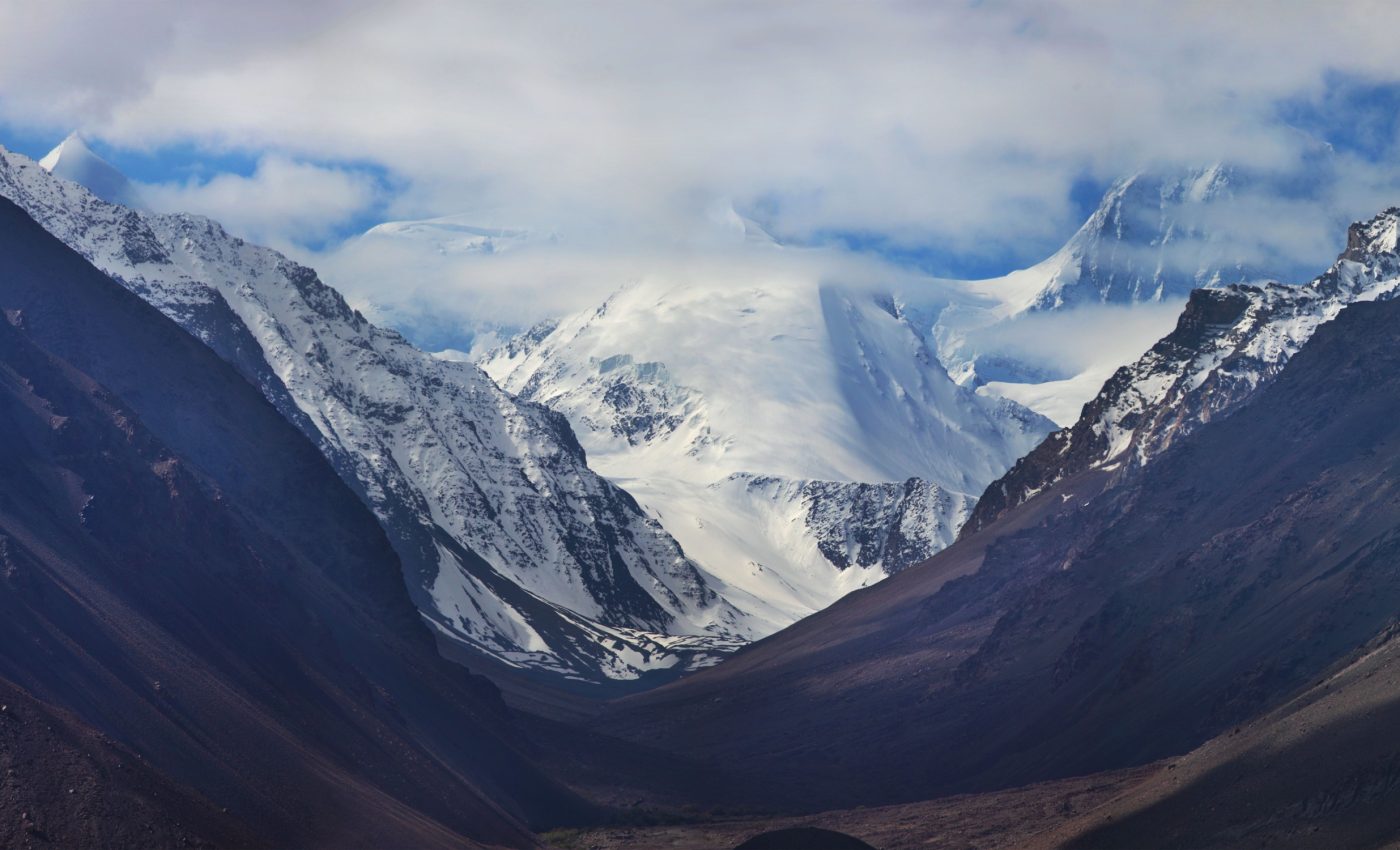
Snowfall drops in Hindu Kush-Himalayas, water crisis may follow
High above the crowded plains and winding rivers of Asia, the Hindu Kush-Himalayan mountains have always stood as guardians of life.
Their snow-covered peaks store nature’s most precious resource: water. Each year, as temperatures rise, the melting snow feeds rivers that nourish nearly two billion people across the continent.
Now, that ancient cycle faces an unprecedented disruption. A new report reveals that snowfall across this mighty mountain range has fallen to its lowest level in 23 years.
The implications are profound, threatening agriculture, drinking water, and the very survival of millions. Scientists warn that the changes are not only immediate but could shape the region’s future in devastating ways.
The Hindu Kush-Himalayan range stretches across eight countries – Afghanistan, Bangladesh, Bhutan, China, India, Myanmar, Nepal, and Pakistan. These mountains hold the largest reserves of ice and snow outside the polar regions.
They have earned the name “Third Pole” for a reason: they sustain life on a continental scale.
Snowfall drops across Hindu Kush-Himalayas
According to the International Center for Integrated Mountain Development (ICIMOD), the region’s snow persistence – the duration snow stays on the ground – has dropped by 23.6% compared to normal levels. This marks the lowest snowfall observed in over two decades.
“This trend, now in its third consecutive year, threatens water security for nearly two billion people,” the ICIMOD report stated, emphasizing the gravity of the situation.
Reduced snow levels mean less meltwater feeding the twelve major river basins that countless communities rely on. These rivers, including the Ganges, Indus, and Brahmaputra, are vital arteries for drinking water, agriculture, and hydroelectric power.
The Hindu Kush-Himalayan region does not just affect those living on its slopes; it impacts hundreds of millions downstream.
Low snowfall weakens rivers
The new Snow Update Report from ICIMOD paints a stark picture. Lower snowfall this year will likely lead to weaker river flows, deeper reliance on already strained groundwater supplies, and a heightened risk of droughts.
Sher Muhammad, the lead author of the ICIMOD report, explained the unusual snowfall patterns. “This year the snowfall started late in January and remained low in the winter season on average,” he told AFP.
This delay and reduction mean that spring and summer seasons will bring smaller and weaker rivers. Farmers depending on regular meltwater for irrigation could face catastrophic harvest losses. In cities, water shortages could become more frequent and severe.
Several countries have already issued drought warnings, bracing for the compounded threats of heatwaves, water scarcity, and food insecurity.
Rivers face major water loss
The loss of snow cover is not uniform across the Hindu Kush-Himalayas. Some areas are experiencing even sharper declines. The ICIMOD report highlights the Mekong and Salween river basins, which have lost nearly half of their snow cover.
These rivers are lifelines for millions in Southeast Asia, particularly in China and Myanmar. The drastic reduction in snow threatens the very foundation of agriculture, fisheries, and daily life in these regions.
Without significant snow reserves to replenish them, the rivers will run lower, warmer, and less able to sustain the communities that depend on them. This will intensify competition over water resources and strain regional relationships already tested by climate stress.
A call for regional action
Faced with these alarming trends, ICIMOD is urging its member nations to act swiftly. The organization emphasizes the urgent need for improved water management strategies, stronger drought preparedness, better early warning systems, and more robust regional cooperation.
Although the Hindu Kush-Himalayan region spans diverse political landscapes, the shared threat of water insecurity demands collective solutions.
No single country can address these challenges alone. Joint investment in climate-resilient infrastructure, early detection systems, and cooperative agreements will be essential to avoid deepening crises.
Hindu Kush-Himalayas face irreversible change
Pema Gyamtsho, ICIMOD’s director general, did not mince words when discussing the long-term implications of current climate trends.
“Carbon emissions have already locked in an irreversible course of recurrent snow anomalies in the HKH (Hindu Kush-Himalayas),” Gyamtsho said.
This sobering statement reflects a reality many scientists have warned about for years. Even if carbon emissions were to drop tomorrow, the effects already set in motion will continue to reshape the region’s environment for decades to come.
Future generations in Asia will inherit a world with less snow, weaker rivers, and greater struggles for water.
A broader climate warning
The snowfall crisis is not an isolated incident but part of a broader and accelerating trend. The UN’s World Meteorological Organization reported that Asia has experienced the most rapid glacier retreat on record in five of the past six years.
This relentless loss of ice and snow is rewriting the hydrological maps of Asia. It is making once-reliable water sources unpredictable and exposing millions to the twin dangers of floods and droughts.
As the snowpacks shrink and glaciers retreat, the ancient relationship between mountain, river, and community frays. Scientists and policymakers alike must recognize this as not just an environmental issue but a humanitarian one.
Hindu Kush-Himalayas need quick action
The Hindu Kush-Himalayas are sounding an unmistakable alarm. The crisis unfolding in these heights is a warning not only for Asia but for the world.
Water scarcity, food insecurity, and climate migration could soon grow far worse without bold, coordinated action.
The time to respond is now, before snowmelt – once a symbol of renewal and hope – becomes a memory of the past.
—–
Like what you read? Subscribe to our newsletter for engaging articles, exclusive content, and the latest updates.
Check us out on EarthSnap, a free app brought to you by Eric Ralls and Earth.com.
—–













